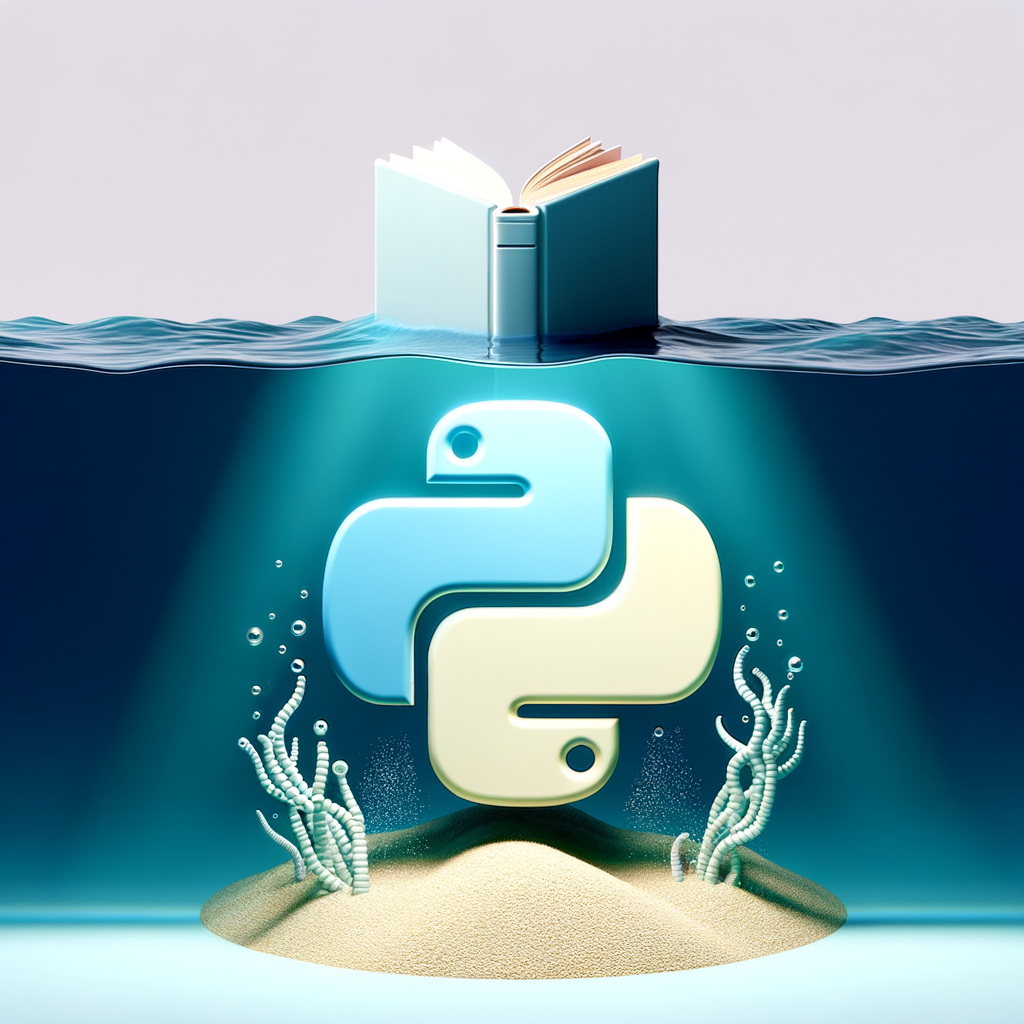
Python Libraries That Power the AI Revolution: A Deep Dive
Explore essential Python libraries that are driving advancements in AI, machine learning, and data science. This comprehensive guide covers tools like TensorFlow, PyTorch, and scikit-learn, explaining how they contribute to building intelligent systems. Whether you're a beginner or seasoned developer, discover how these libraries can elevate your AI projects.
Python Libraries That Power the AI Revolution: A Deep Dive
Python has become the go-to language for AI and machine learning development, thanks to its simplicity and powerful libraries. In this blog post, we will explore some of the most critical Python libraries that are propelling the AI revolution, from neural network training to data preprocessing. These tools have become indispensable in the toolkit of AI professionals and enthusiasts alike.
Introduction
Artificial Intelligence (AI) is transforming industries globally, from healthcare to entertainment. Python, with its rich ecosystem of libraries and frameworks, plays a pivotal role in this transformation. Its intuitive syntax and comprehensive standard library allow developers to focus on solving complex problems without getting bogged down by language intricacies.
TensorFlow: Scaling AI Models
Developed by the Google Brain team, TensorFlow is one of the most popular libraries for machine learning and deep learning. It provides a flexible platform for building and deploying machine learning models across various devices. With TensorFlow, you can train and optimize models, leveraging GPUs or TPUs to speed up the process.
Key Features
- Eager Execution: Enables immediate iteration and experimentation, intuitively building model graphs.
- High Scalability: Facilitates the development of models for mobile devices, cloud services, and more.
- TensorFlow Lite: Optimized for deploying models on mobile and IoT devices.
PyTorch: Deep Learning Redesigned
PyTorch, an open-source ML library developed by Facebook, is lauded for its simplicity and dynamic computation graph, which gives developers more flexibility. It's particularly favored in academic and research settings due to its ease of prototyping.
Key Features
- Dynamic Computation Graph: Allows for real-time changes to network architecture, facilitating experimentation.
- Strong Community Support: Extensive resources and active forums that help accelerate learning and problem-solving.
- Integration with Python: Seamless integration with Python, making it highly intuitive and efficient.
scikit-learn: Simple and Efficient Tools for Data Mining and Analysis
For classical machine learning tasks, scikit-learn remains a dominant player. It provides simple and efficient tools for data mining and data analysis.
Key Features
- Built on NumPy, SciPy, and matplotlib: Ensures strong mathematical and plotting capabilities.
- Versatile Use Cases: From predictive modeling and clustering to regression analysis.
- Wide Adoption: Suitable for both beginners and advanced practitioners.
Keras: The AI-focused API
Built on top of TensorFlow, Keras is a high-level neural networks API that makes building and prototyping simpler than ever, focusing primarily on user-friendly workflows.
Key Features
- User-Friendly API: Intuitive and easy to use, minimizing boilerplate code.
- Component-Based Design: Modular architecture allowing for flexible model design.
NumPy: The Foundation for Data Science
NumPy is the fundamental package needed for scientific computing with Python. It supports large, multi-dimensional arrays and matrices, along with a collection of mathematical functions to operate on these arrays.
Key Features
- N-Dimensional Arrays: Comprehensive tools to handle large datasets efficiently.
- Interoperability: Works smoothly with other libraries such as TensorFlow and PyTorch.
Pandas: Data Handling Made Easy
Pandas is essential for data manipulation and analysis, providing data structures like series and dataframes, which are instrumental in handling real-world data.
Key Features
- DataFrames: Elevated tabular data manipulation, supporting complex operations.
- Time Series: Robust tools to analyze time-series data, essential for temporal patterns.
Matplotlib and Seaborn: Visualizing AI Models
For data visualization, Matplotlib and Seaborn are the go-to libraries. While Matplotlib provides comprehensive capabilities for creating static, animated, and interactive visualizations, Seaborn adds to this by providing a higher-level interface for drawing attractive statistical graphics.
Key Features
- Detailed Plotting: Matplotlib provides intricate plot customizations.
- Statistical Plotting: Seaborn excels in exploratory data analysis.
Conclusion
Python, with its robust ecosystem of libraries, stands at the forefront of AI development. These libraries are not just tools; they are the backbone of innovation in technology today. By mastering these libraries, developers can create smarter, more efficient AI and ML models that solve real-world problems.
Keep exploring, keep experimenting, and you'll find that the world of AI is brimming with possibilities, limited only by your creativity.